T-Shirt

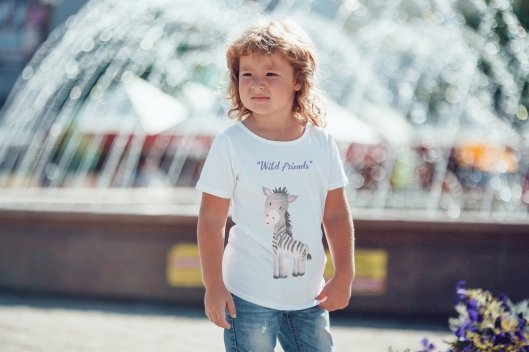

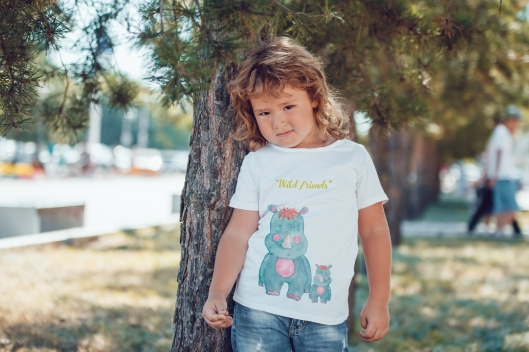
shopping bag
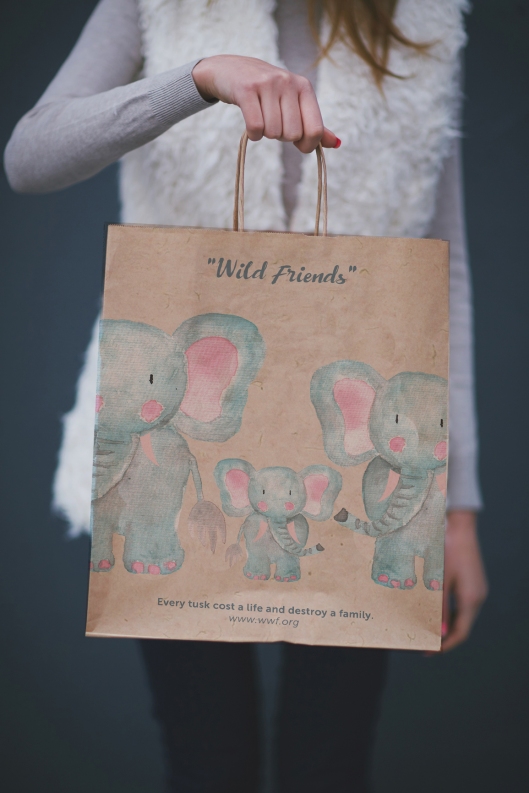
label
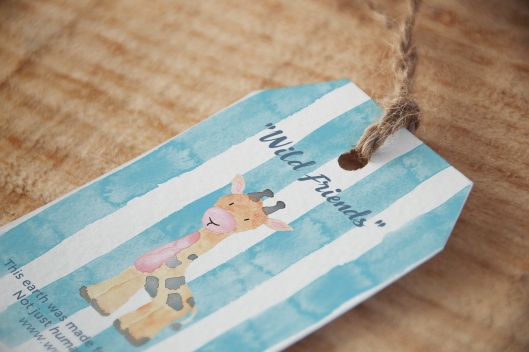
billboard
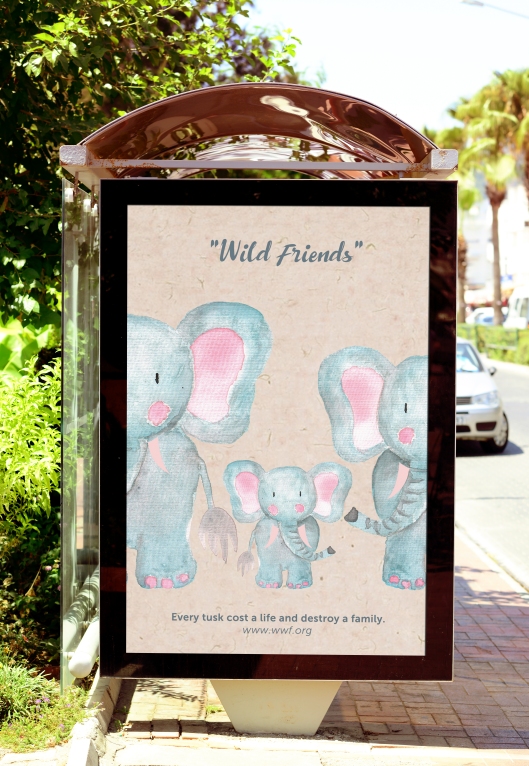
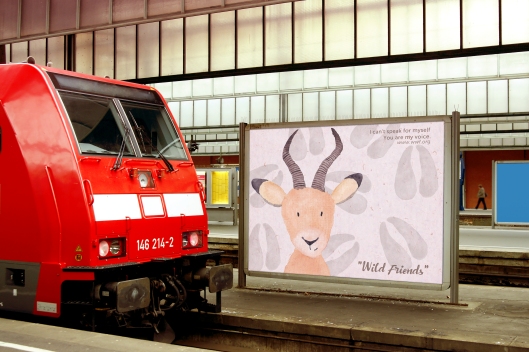
21 Friday Oct 2016
Posted in Uncategorized
T-Shirt




shopping bag

label

billboard


18 Tuesday Oct 2016
Posted in Uncategorized
Notebooks


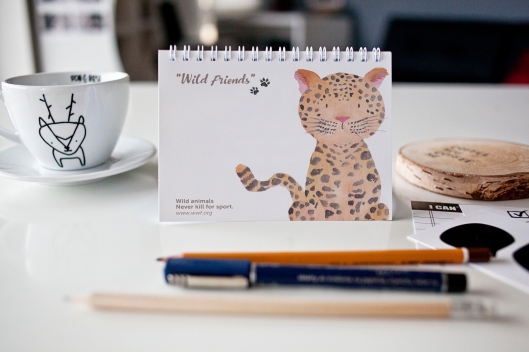
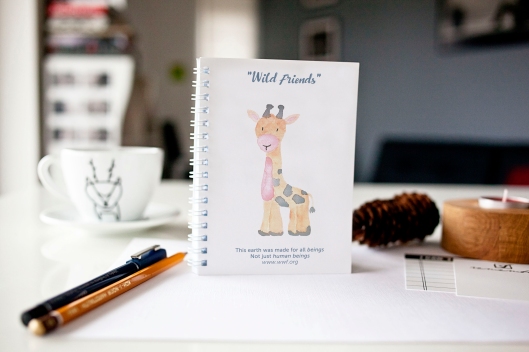
Postcards

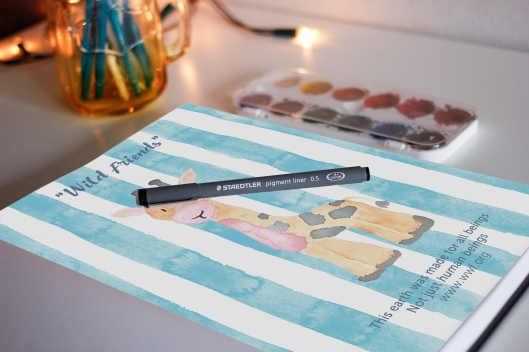
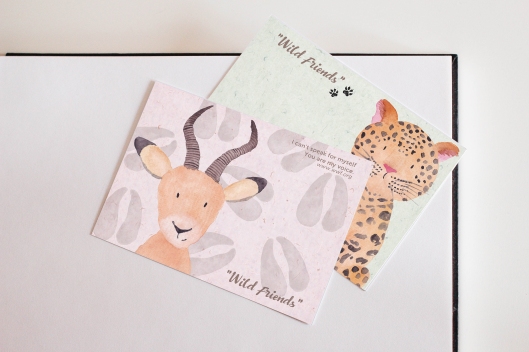
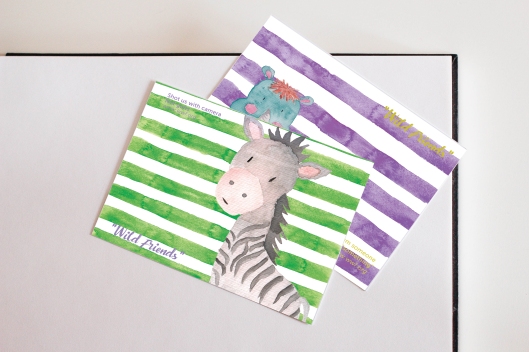
10 Monday Oct 2016
Posted in Uncategorized
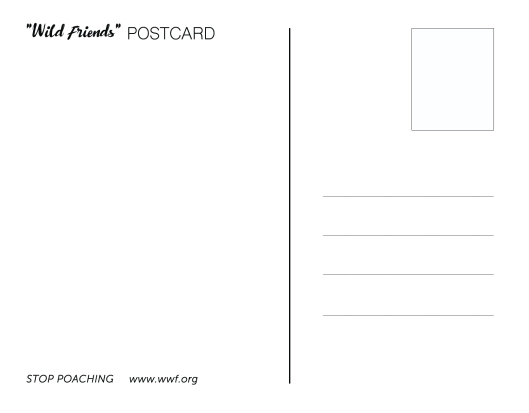
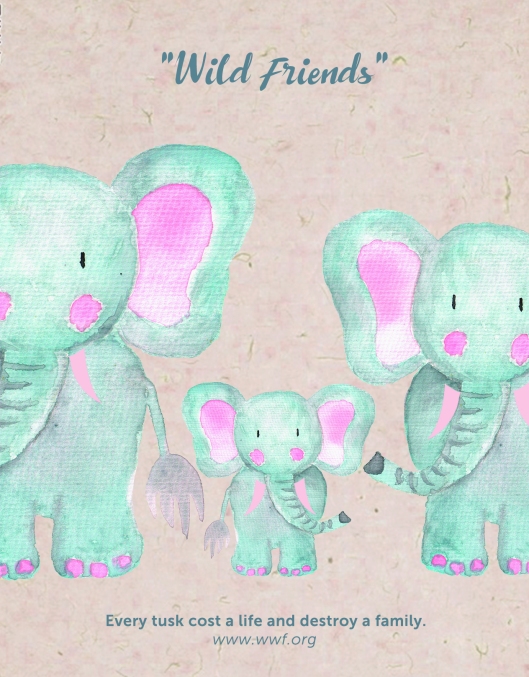
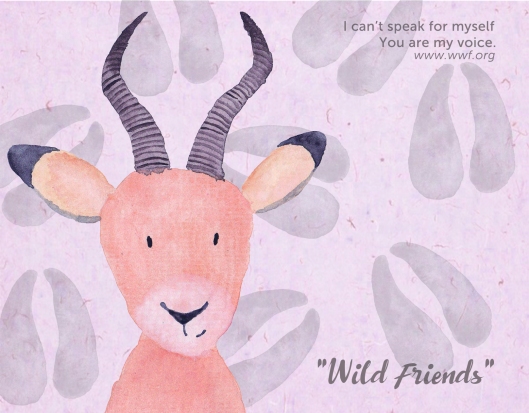
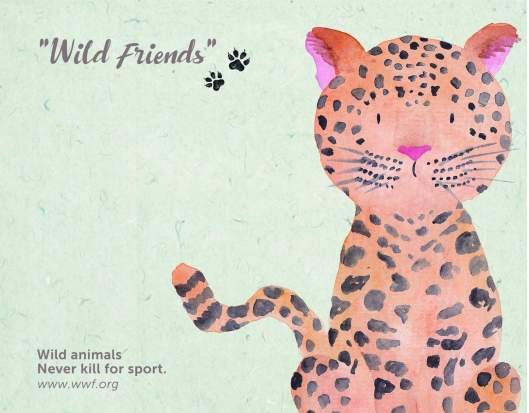
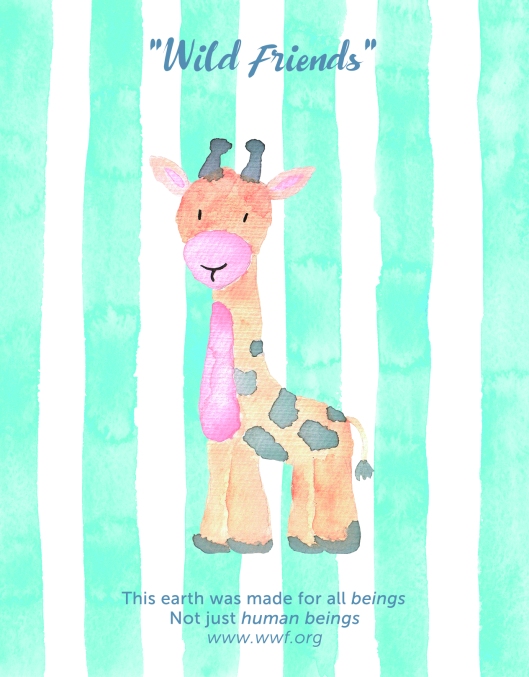
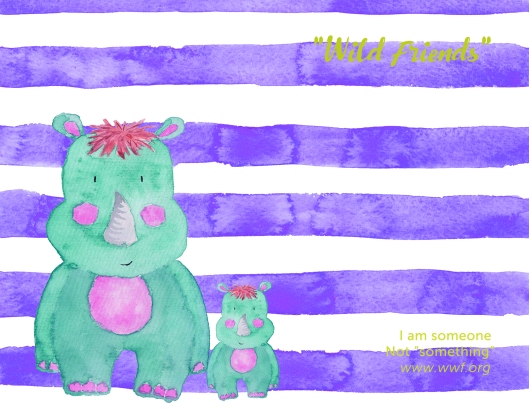
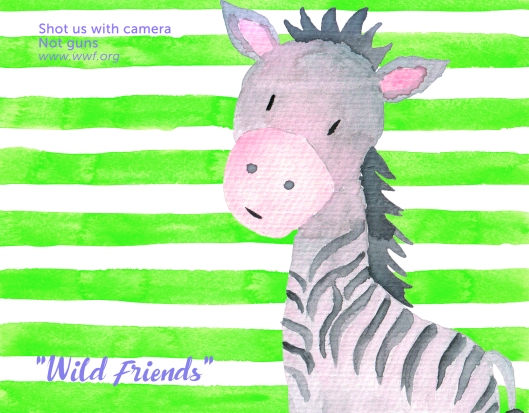
05 Wednesday Oct 2016
Posted in Uncategorized
poster&postcard
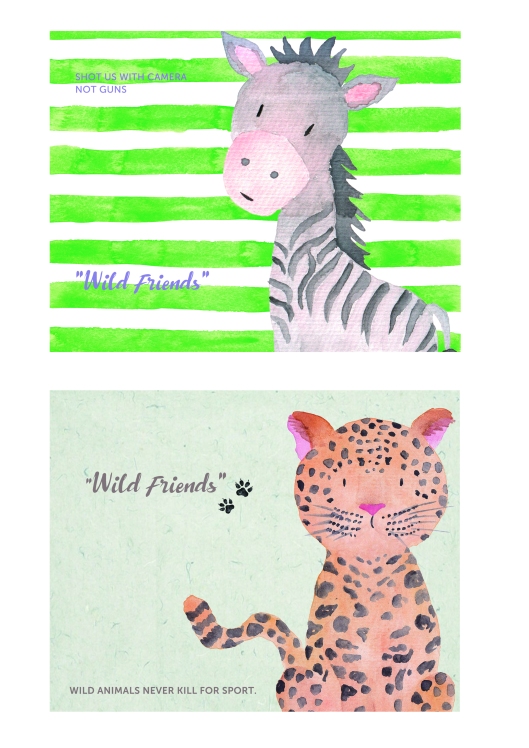
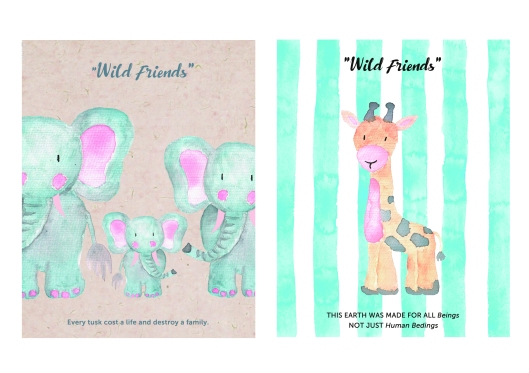
30 Friday Sep 2016
Posted in Uncategorized
Here are six Africa animals watercolor patterns.
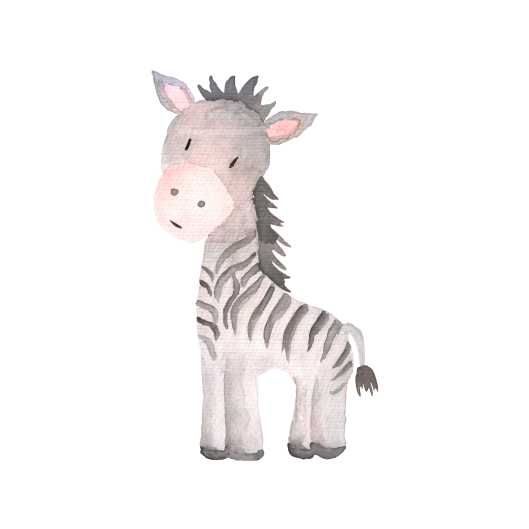
zebra

rhinoceros
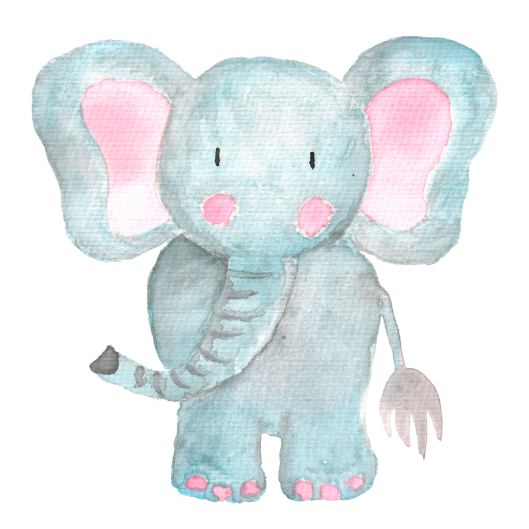
elephant
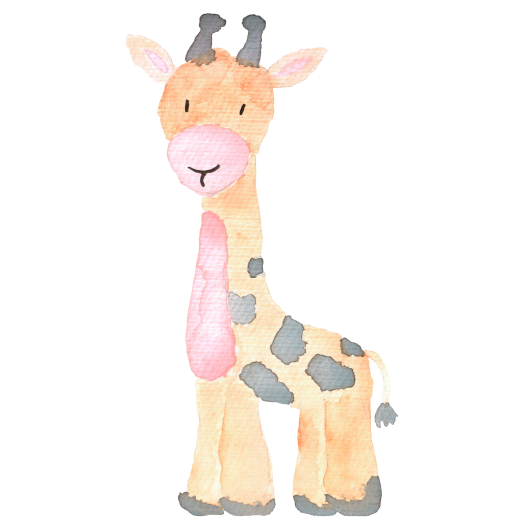
giraffe
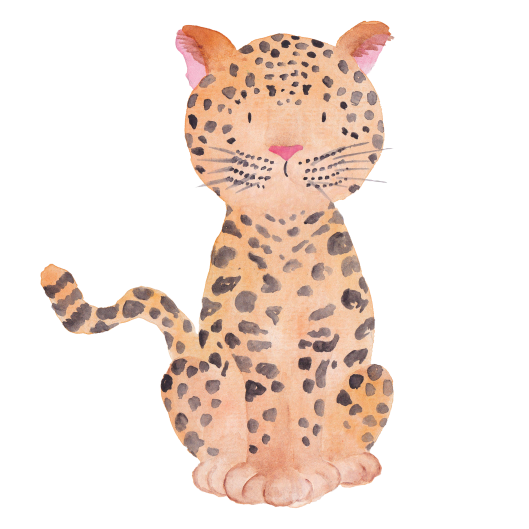
leopard

antelope
21 Wednesday Sep 2016
Posted in Uncategorized
Based on my sketches
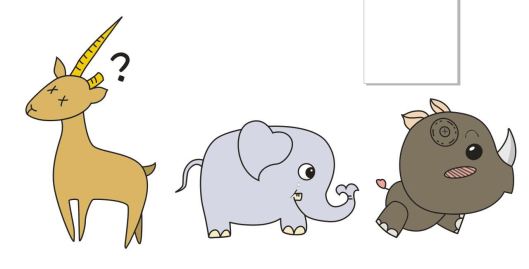
Not effective. I choose six different animals and use illustrator make some watercolor patterns.
16 Friday Sep 2016
Posted in Uncategorized
Anyone I am sure, who has traveled to Africa understands the power behind the land and its wildlife. There is no place like it and daily it tugs at my heart. Poaching is an issue that I am very passionate about and as a professional artist living in New York City I realized I could share my message through art to a lot of people.
I am launching a non profit foundation that raises money through my artwork sales and is used towards conservation on endangered species and education. I am also partnering with the World Wildlife Foundation, WWF and a procuring a few others.
This project aims to gather financial support to help me create this series of paintings depicting the animals in their natural habitats and create prints to sell and market internationally and through an exhibition in New York City. Up to 50% of proceeds will be channeled through my foundation and back into protecting these critically endangered species.
I will be returning to Africa to photograph and gather the references I need to produce a powerful and effect exhibition series. I will also be meeting with professionals on conservation to gain further knowledge on the subject and share it through video presentations and books during the exhibition.
The money raised will purchase proper equipment to track and photograph the animals in their natural habitat, create artwork prints and books, art supplies and to market/promote the exhibition.

This is an image of the two Rhinos on our preserve that were shot for their horns.
Please join me in effort to save these incredible animals and share the vision through art around the world.
There should be no holdbacks for this project. I have already begun painting the series. The only confronting issue is time. It will take time to fly to Africa and photograph the animals and landscapes and return home to paint the entire series. Rewards will be in prints and original paintings and will be completed as priority.
14 Wednesday Sep 2016
Posted in Uncategorized
June 5 was the World Environment Day and citizens participated in beach and lake clean ups. But across the globe, this day also stood for: “Put an end to poaching”. One of the Sustainable Development Goals (SDGs) agreed by all 193 member states of the UN was on the illegal trade of wildlife. The United Nations Environment Programme (UNEP) is calling everyone to ‘go wild for life’ and take action to help safeguard species under threat for the sake of our future generations. We all know that Veerappan illegally poached elephants for ivory and felled sandalwood trees.
The aim now is to bring awareness and reduce the demand for illegal wildlife products. Campaigns this year stress that greed, fashion, ignorance, indifference, corruption, pseudo medicinal uses and cultural beliefs endanger many species of animals, plants and trees.
Seven wild animals have been identified for focused protection: orangutans, sea turtles, pangolins, helmeted hornbills, tigers, elephants and rhinos. Poaching exists in our country as well; but estimates from 2014 show 2,226 tigers roaming our forest reserves. Their numbers have risen sharply from 1,706 in 2010. Though tigers breed well in captivity, intelligent wild life protection measures have helped India increase it’s tiger population to 55% of the world’s current reserves.
Similarly rosewood trees are marked for special protection. The battle against mafias exploiting red sanders trees in Seshachalam forests of Andhra Pradesh is worth recalling.
Many have visited the Tiger Temple in Kanchanaburi, Thailand. There are many photos on social media of people gambolling with these large cats or feeding tiger cubs milk in bottles; but these ‘temples’ have cruelly drugged, tortured and slaughtered tigers for lucrative trade in their body parts.
Earlier this week, 70 dead tiger cubs, as well as tiger skins, talismans and other parts were discovered in this temple. Sadly Indian tourists too have unwittingly abetted criminal activity here. At present, 4,000 tigers are all that are left on our planet (UNEP and UNDOC – UN Office on Drugs and Crime) and these exterminated cubs represent nearly 2% of the global tiger population in one location!
Several other temples and zoos are suspected of similar horrendous commercial activities. UN agencies have confirmed that these depravations are a ‘tiny proportion’ of the illegal wildlife trade pushing species to the brink of extinction. The next time you plan a trip that involves wildlife, stop and think. Many such places breed animals outside of conservation efforts, and these are NOT sanctuaries. Also, be careful when you choose a day trip or activity for kids, or shop in any of the local Asian markets. Some zoos are unnatural habitats too, where wild animals are not allowed to stay ‘wild’.
There are many conservation groups fighting to protect our endangered flora and fauna. These groups are always looking for volunteers and funds. Please contribute your mite to protect wildlife being poached or trees being felled for illegal trade with China. Whether it is Tigger, Hobbes, Shere Khan or Richard Parker we identify with, we all have a favourite tiger tale to tell — save the tiger, in India and beyond!
12 Monday Sep 2016
Posted in Uncategorized
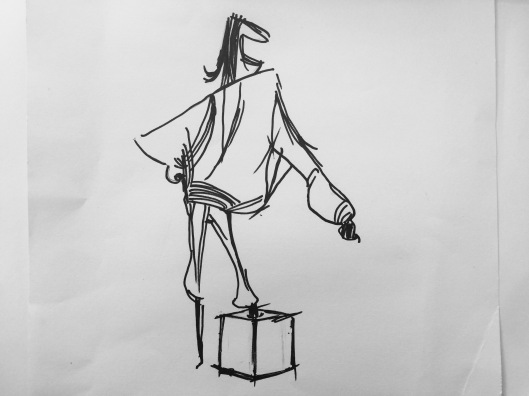
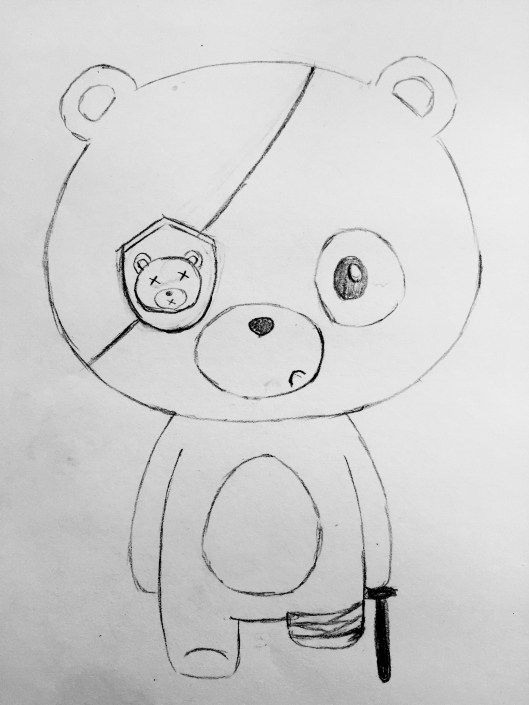
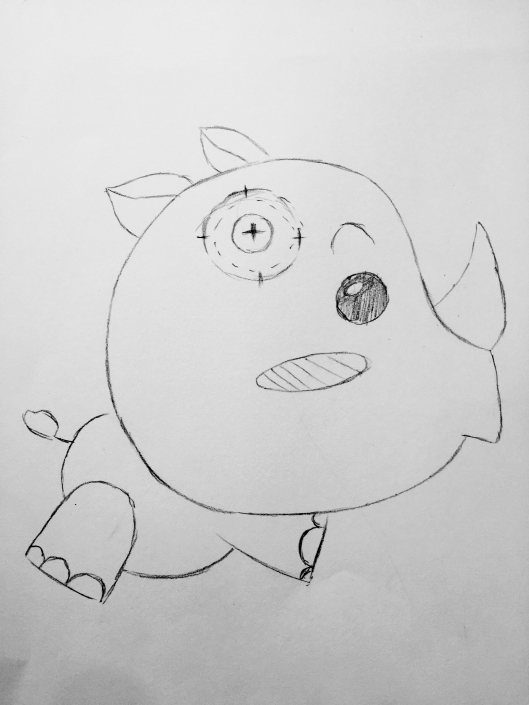
11 Sunday Sep 2016
Posted in Uncategorized
Illegal wildlife trade has exploded to meet increasing demand for elephant ivory, rhino horns, and tiger products, particularly in Asia. Controlled by dangerous crime syndicates, wildlife is trafficked much like drugs or weapons. Wildlife criminals often operate with impunity, making the trade a low-risk/high-profit business. Today, it is the fifth most profitable illicit trade in the world, estimated at up to $10 billion annually.
WWF is leading a global campaign to stop wildlife crime.
We are applying the strength of our worldwide network, our influence with partners and governments, and the passion of our supporters to a crisis that is threatening to undo years of conservation progress. The past year has already yielded some big wins like Thailand’s ban on their ivory trade and support from champions such as U.S. President Barack Obama. help us: